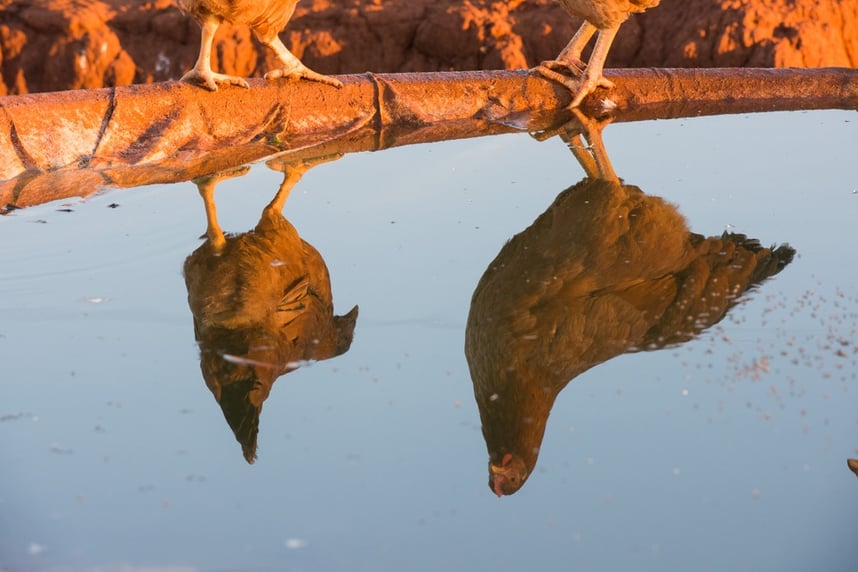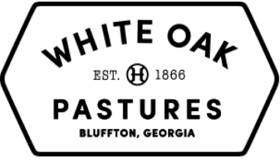
The breed we raise, the Red Ranger, is an extremely mobile bird. This quality has its pros and cons. The birds grow at a slower rate because they are very active. “In allowing it to go wherever it wants, it runs off into the pasture and burns some serious calories. It's getting vitamins, minerals, and plant secondary metabolites from foraging in the pasture. But being further from the ideal feed source, it will not quickly get plump”, says Jeff Lackey, our Poultry Production Manager. Because our birds are athletes, we have put together cooking tips for their leaner, healthier meat. A benefit of the Red Ranger’s active disposition is its significant and visible impact on our pastures. They are very thorough grazers and scratchers. As our birds disturb the surface of the pasture, they create the proper conditions for grass seed germination. In a pasture, the seed may be there, but without proper conditions, it will not germinate and take root. Our Red Rangers are very effective in promoting seed germination.


When moving free range Red Rangers, we have several factors to consider. We must be sensitive about the size of the move we do. If we move the housing too far, the birds will not follow and instead will stay at the old location and possibly die from exposure or dehydration. There is also more labor in catching free range birds- it can take up to four people to catch our birds. Finally, free ranging requires more pasture. With confined pasture-based systems, farmers can use almost every inch of their pasture. With a free range system, especially with the Red Ranger, farmers need to keep all housing away from the edge of the pasture to prevent the chickens from wandering off and leaving. We also have to factor in the Red Ranger’s wide radius of travel whenever we move chicken sets. Because the birds range so far on their daily explorations, we need to make sure our set radi do not overlap.




